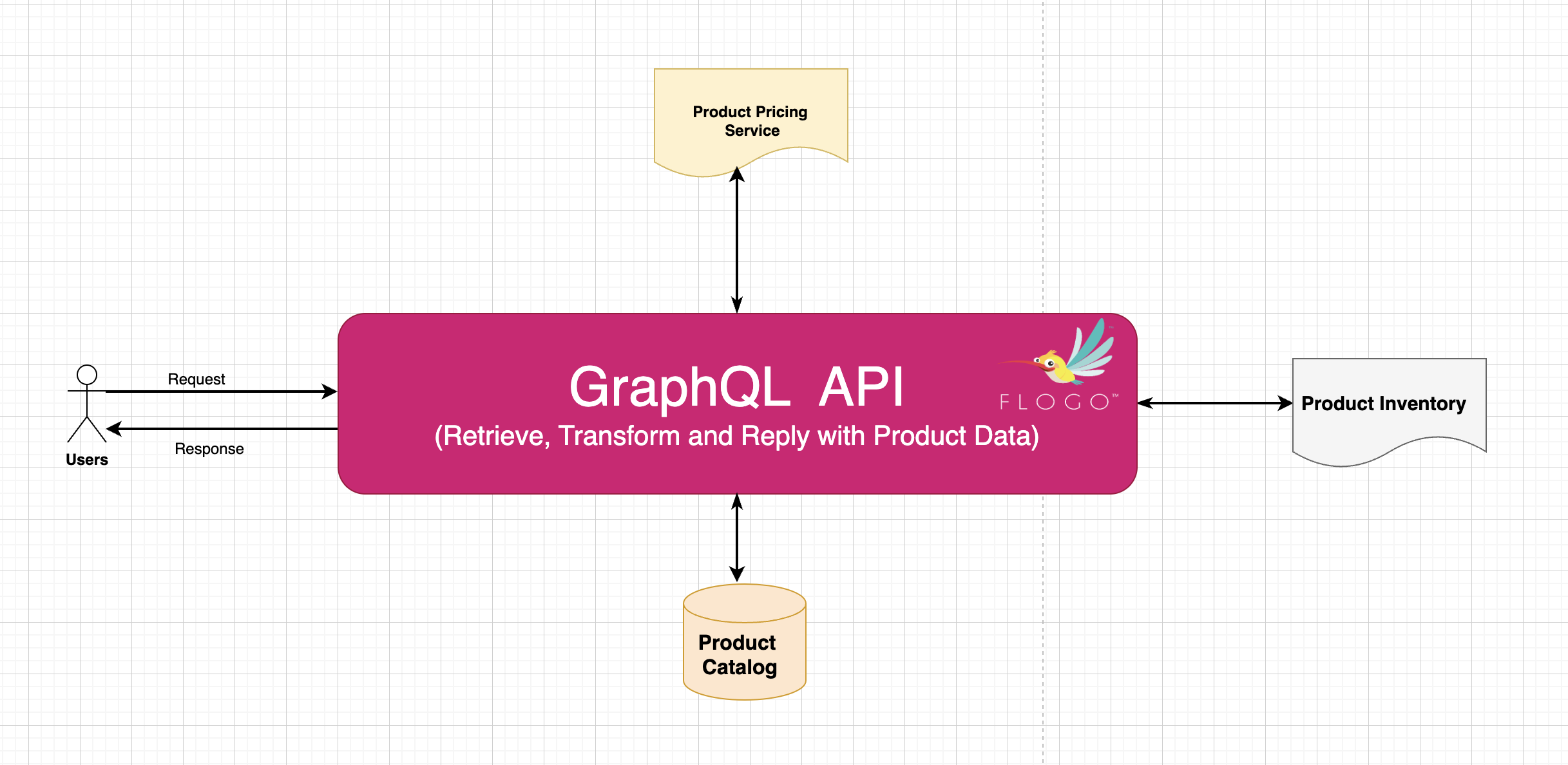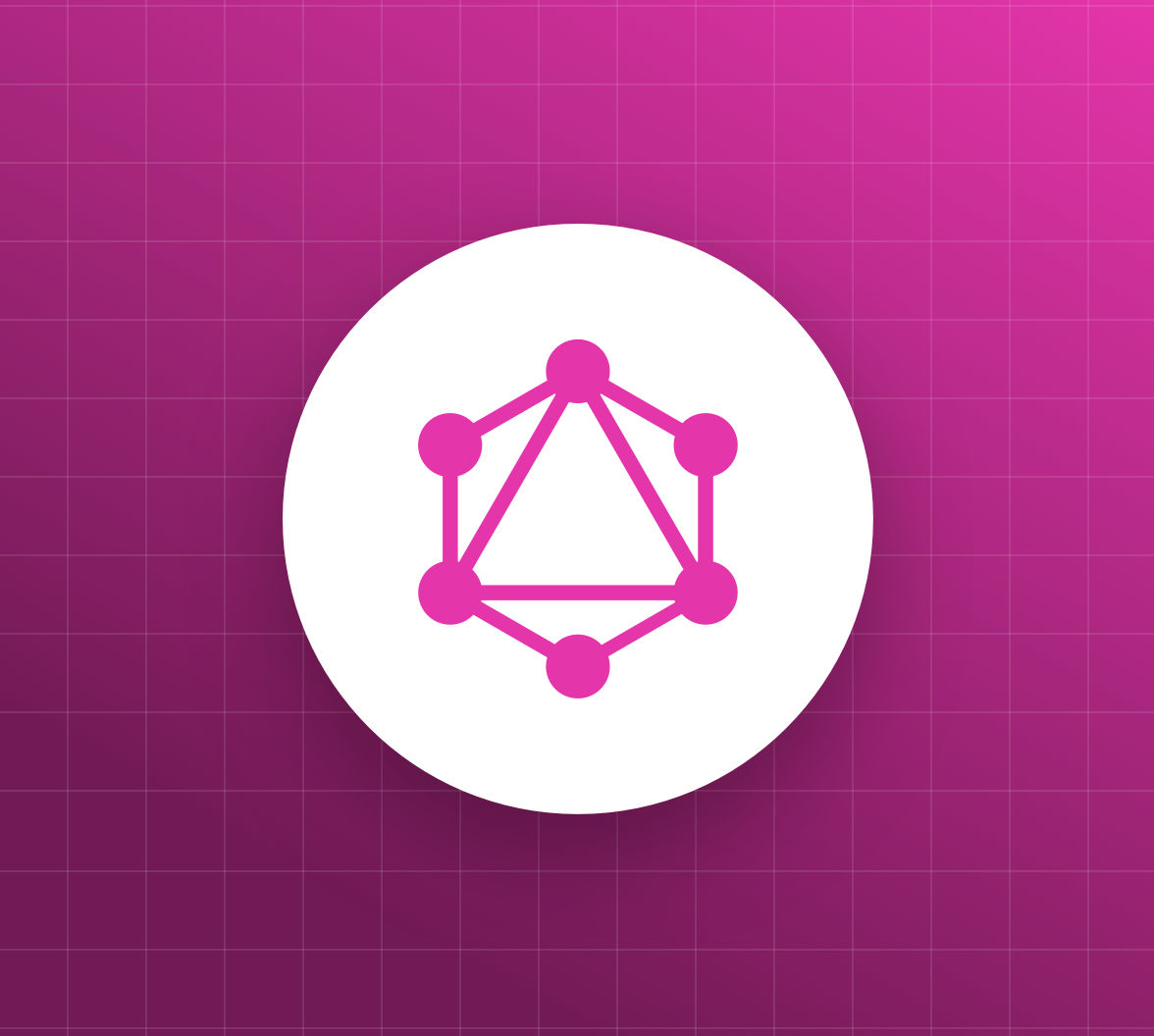Steps
1
Introduction
2
Building the Flogo GraphQL API
3
Test Your API
4
Conclusion
In Today's dynamic digital landscape, APIs play a crucial role in connecting applications and enabling data exchange. GraphQL has emerged as a powerful query language and runtime for APIs, offering a more efficient and flexible alternative to traditional REST APIs.
This blog post and demo application dive into how TIBCO Flogo Enterprise can be leveraged to build GraphQL APIs, providing a practical example of how to define schemas, implement resolvers, and handle queries and mutations.
What You Will Learn
By following this guide, you'll gain a solid understanding of:
- The fundamentals of GraphQL and its advantages.
- How Flogo can be used to create GraphQL APIs.
- Implementing GraphQL resolvers using Flogo activities.
- Handling GraphQL queries and mutations with Flogo.
- Building a basic product information API with Flogo and GraphQL.
Prerequisites
Before we begin, ensure you have the following:
- Basic Flogo knowledge: Familiarity with Flogo's core concepts, such as triggers, activities, and flows. You can refer to our previous blog on Development Deep Dive with Flogo to learn about Flogo core concepts.
- GraphQL understanding: A basic grasp of GraphQL schemas and queries.
Why TIBCO Flogo?
TIBCO Flogo is a compelling choice for building GraphQL APIs due to its:
- Lightweight Architecture: Flogo's small footprint makes it ideal for microservices and serverless deployments, ensuring optimal performance and resource utilization.
- Visual Development: Flogo's intuitive UI and drag-and-drop interface simplify the development process, allowing you to focus on the API's logic rather than complex coding.
- Extensive Connectivity: Flogo offers a wide array of connectors and activities to seamlessly integrate with various backend systems, databases, and services.
- Data Transformation Capabilities: Flogo provides powerful data mapping and transformation tools to easily manipulate and shape data to match your GraphQL schema.
- Error Handling and Logging: Flogo includes built-in mechanisms for error handling and logging, ensuring the resilience and observability of your API.
Why GraphQL?
GraphQL offers several advantages over REST APIs:
- Efficient data fetching: Clients can request exactly the data they need, reducing over-fetching and improving performance.
- Single endpoint: GraphQL uses a single endpoint for all requests, simplifying client-side development.
- Strong typing: GraphQL schemas provide type safety, ensuring data consistency and reducing errors.
- Introspection: Clients can query the schema to discover available data and operations.
Use Case Scenario
A Flexible Product Information API
Let's imagine a scenario where you need to build an API to provide product information from multiple sources. You have a product catalog database, a pricing service, and an inventory management system. A GraphQL API would allow clients to efficiently query for product details, including name, description, price, and availability, from these different sources.

Why GraphQL is the Perfect Fit
GraphQL allows clients to request precisely the data they need in a single query, eliminating over-fetching and reducing the number of requests. This is crucial for performance, especially when dealing with mobile clients or bandwidth-constrained environments.
Flogo's Role: The Orchestrator
Flogo acts as the orchestrator, seamlessly connecting to different data sources and executing the necessary logic to fulfill GraphQL requests. Its visual flow-based programming model simplifies development and makes it easy to understand the API's behavior.
Now, let's roll up our sleeves and build this API!
Discussion
You
